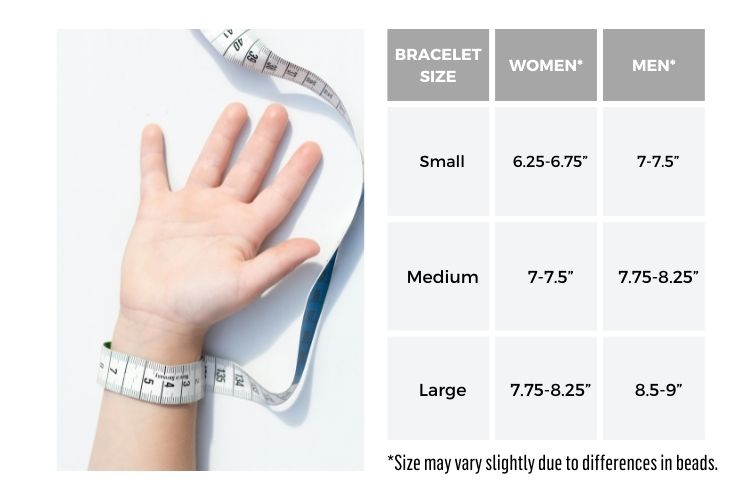Choosing the right yoga mat
You are going to be getting up close and personal with your yoga mat so it makes sense to choose it carefully. There are so many out there it can be overwhelming to figure out the best one for you. Here are some tips to help you select a mat to suit your practice and lifestyle.
Material
If you care about the environment make sure the materials used in your mat are not only eco-friendly but can be recycled when they are end of life.
Many mats are made with PVC, which is not recyclable and doesn’t degrade in landfill. PVC is also a toxic material and off-gases, which means PVC releases volatile organic compounds into the air.
You will find that most inexpensive mats are made with PVC, especially the ones from the low budget major brands, though you would be surprised how many are made by well-known yoga brands too.
Also look out for mats that use polyurethane foam or PER (polymer environment resin), which is often mixed with jute. PER is often used instead of PVC, and just like PVC it is not earth friendly.
Another material to look out for is microfiber suede. It is also a common mat covering but producing it can be harmful for the environment. It is an artificial suede product made from synthetic fibers such as nylon and can cause microfiber pollution when disposed of.
Microfiber suede is often used for patterned mats, so they can look very pretty. However, it comes at a cost to the earth. If you want to buy a microfiber suede mat look for brands that have used a microfiber made from recycled synthetics and make it last a long time to compensate for the microfiber pollution it could cause when disposed of.
Another thing to look out for is mats made with non-toxic glues and biodegradable water based inks.
If an earth friendly mat is important to you consider buying a cork, jute, natural rubber or recycled mat when you are looking to purchase your next mat. You can check out my eco-friendly mats here.
Note: If you have a latex allergy avoid natural rubber mats. Great alternatives are jute or cotton mats.
Thickness
Mats come in lots of different thicknesses. The three most common are 1/8 inch thick (standard), 1/4 inch thick (thick, high end), 1/16 inch thick (portable, best for travel).
A thicker mat will help cushion sore joints and bones, while a thinner mat can be great when you want to travel with it and are much easier to do balances on. If none of these are an issue for you a standard mat might be the best one for you.
Personally I have sore knees, damaged due to running in the wrong type of trainers many years ago. Poses that require me to lean into my knees aren’t much fun on a thinner mat and can even be painful. When I am practicing at home or at a local studio I prefer to use my thicker mat and when I am off on my travels I take my thinner travel mat and either have a towel or some padding handy to pop under my knees.
Location
The weight might be a consideration if you are going to be carrying it and travelling long distances. A thicker mat will be heavier and more bulky, while a travel mat is nice and light and in some cases you can even fold them up to tuck in a bag or suitcase.

Type of yoga you practice
If you are into flow yoga you might prefer a mat with more traction to support you as you move through your sequence. Natural rubber mats are great for this.
Perhaps you are more of yin style yogi? A thicker, cushioned mat might be your preference to ensure you are comfy in those long holds.
If you are practicing a lot of hot yoga make sure the mat can cope with hotter temperatures and can deal with a sweaty practice. Avoid natural rubber mats. A cork mat is really good in these conditions. They aren’t impacted by the heat, get grippier the sweatier your hands and feet get and as the cork is antibacterial they are less likely to get stinky from all that sweat! You can check out my cork mats here.
Texture
If you have sweaty hands like me the grip of a mat is super important. I end up face planting on mats with very smooth surfaces. So the grippiness of the mat is an important buying factor for me.
Mats with a textured surface, like jute mats, naturally provide more grip and are less slippy. Natural rubber mats can also provide good grip, while cork mats increase their grippiness the sweatier your hands become!
If you want to flow smoothly check the mat is not too sticky for you though as it can make it more tricky to move between poses.
Personally I love cork mats and I recently also fell in love with Second Earth’s Connected jute and natural rubber mats as they make feel really safe when I am practicing a more flowing style of yoga (but work equally well for me for yin yoga!)
Alignment markings
They are not for everyone, but if you like to have some guidance on where to place your hands and feet, and how to position your body, a mat marked with alignment lines can be helpful. Check out my alignment mat here.
Ready to buy your new mat? Check out my range of eco-friendly mats here.






